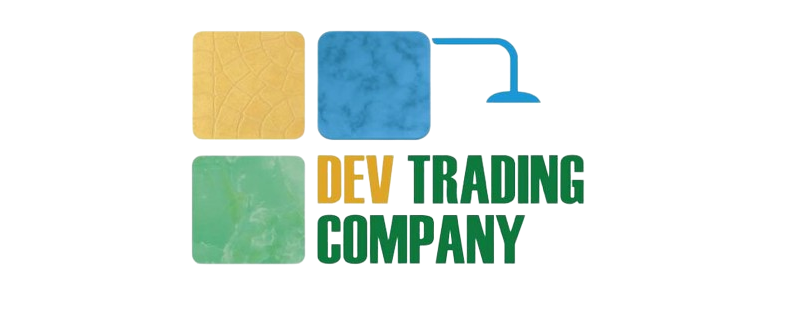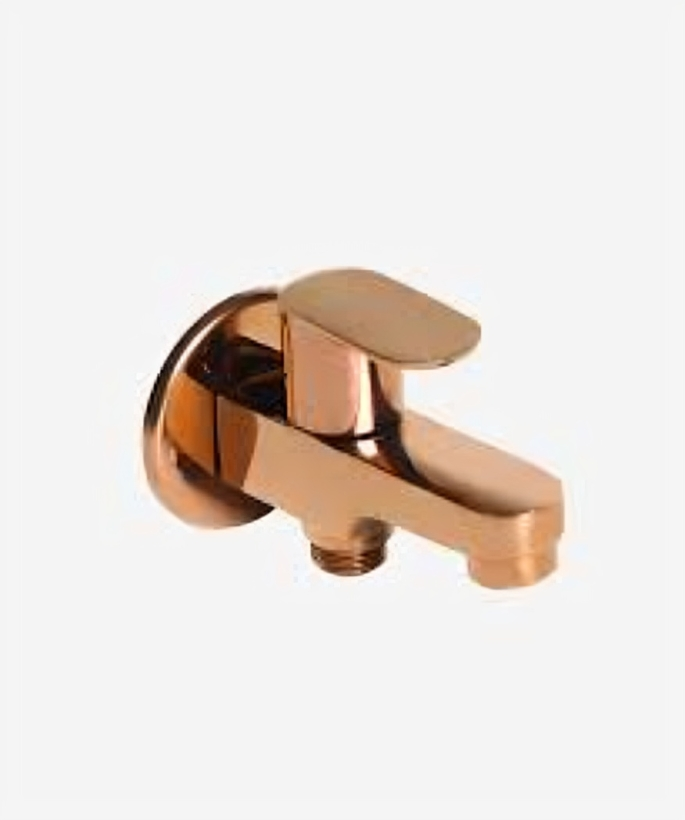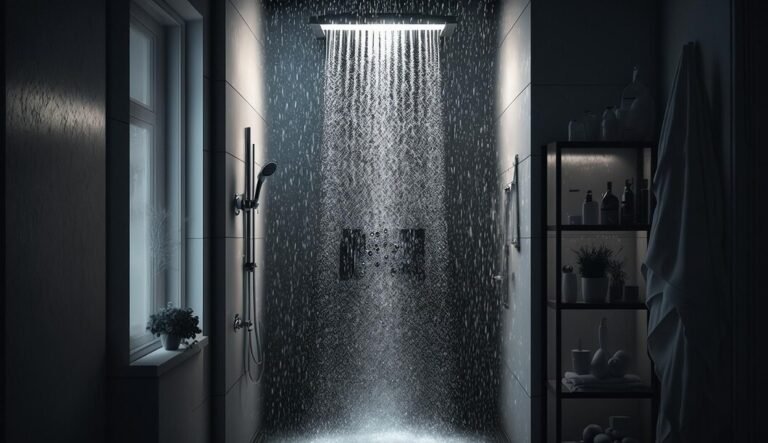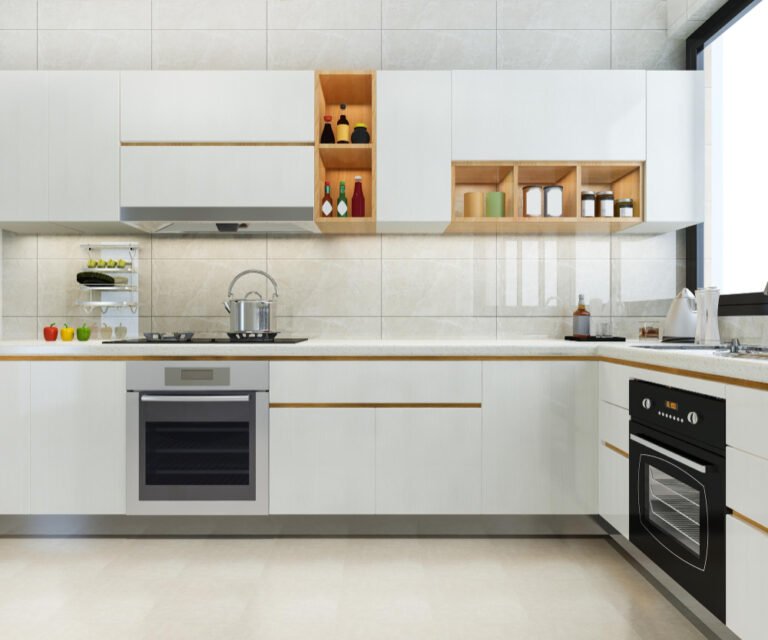Elevating Spaces: Exploring the World of Designer Tiles.
In the realm of interior design, every detail counts, and one element that can make a significant impact is designer tiles. Gone are the days when tiles were solely functional; today, they are regarded as versatile design elements that can transform any space into a work of art. From intricate patterns to bold colors and innovative materials, designer tiles offer endless possibilities for creating unique and visually stunning environments. In this article, we delve into the world of designer tiles, exploring their aesthetic appeal, practical benefits, and diverse applications in contemporary design.
To Know More About It Please Click Here
Unleashing Creativity with Designer Tiles
Designer tiles encompass a wide range of materials, styles, and patterns, each offering its own distinctive aesthetic and character. Whether seeking a timeless elegance, a modern flair, or a whimsical touch, there is a designer tile to suit every taste and design concept. Some popular types of designer tiles include:
- Ceramic Tiles: Ceramic tiles are a classic choice known for their versatility, durability, and affordability. Available in an array of colors, sizes, and finishes, ceramic tiles can be used to create intricate mosaic designs, geometric patterns, or simple yet elegant arrangements that add texture and visual interest to any space.
- Porcelain Tiles: Porcelain tiles are prized for their strength, water resistance, and low maintenance qualities, making them ideal for high-traffic areas such as kitchens, bathrooms, and entryways. Porcelain tiles come in a variety of styles, including marble-look, wood-look, and concrete-look designs, offering the beauty of natural materials with the practicality of porcelain.
- Glass Tiles: Glass tiles add a touch of luxury and sophistication to any interior space with their luminous, reflective properties. Available in a myriad of colors, shapes, and finishes, glass tiles can be used to create stunning backsplashes, accent walls, or decorative borders that infuse a space with light and dimension.
- Natural Stone Tiles: Natural stone tiles, such as marble, granite, and travertine, exude elegance and timeless beauty, adding a sense of luxury to any environment. Each piece of natural stone is unique, with variations in color, veining, and texture that create a sense of warmth and character in a space.
Practical Benefits of Designer Tiles
Beyond their aesthetic appeal, designer tiles offer numerous practical benefits that make them an attractive choice for interior design projects:
- Durability: Designer tiles are manufactured using high-quality materials and advanced production techniques, resulting in durable, long-lasting surfaces that can withstand the rigors of daily use and maintain their beauty for years to come.
- Easy Maintenance: Many designer tiles are resistant to stains, scratches, and moisture, making them easy to clean and maintain with regular sweeping, mopping, or gentle cleaning solutions. This makes designer tiles an ideal choice for busy households or commercial spaces where hygiene and cleanliness are paramount.
- Versatility: Designer tiles are incredibly versatile and can be used in a variety of applications, including floors, walls, countertops, backsplashes, and even outdoor areas. Their versatility allows for endless creativity and customization, enabling designers to bring their visions to life in any space.
- Eco-Friendly Options: With growing awareness of environmental sustainability, many manufacturers offer eco-friendly designer tiles made from recycled materials, low-emission production processes, or sustainable sourcing practices. These eco-friendly options allow designers to create beautiful, environmentally responsible spaces that minimize their ecological footprint.
Applications of Designer Tiles in Contemporary Design:
Designer tiles are not limited to traditional applications but can be used in innovative ways to create impactful design statements in both residential and commercial settings:
- Feature Walls: Designer tiles can be used to create striking feature walls that serve as focal points in a room. Whether using bold patterns, textured surfaces, or vibrant colors, a tiled feature wall can add drama, personality, and visual interest to any space.
- Statement Floors: Designer tiles can transform floors from functional surfaces into works of art. Whether using large-format tiles for a seamless, modern look or intricate mosaic patterns for a touch of old-world charm, tiled floors can elevate the aesthetic of any room while providing durability and ease of maintenance.
- Creative Backsplashes: Designer tiles offer endless possibilities for creating stunning backsplashes in kitchens, bathrooms, and other areas. From classic subway tiles to hand-painted ceramics to shimmering glass mosaic tiles, a well-designed backsplash can tie together the elements of a room and inject personality into the space.
- Outdoor Spaces: Designer tiles are not limited to indoor use but can also be used to enhance outdoor living areas such as patios, decks, and pool surrounds. Porcelain pavers, textured stone tiles, or weather-resistant ceramic tiles can create cohesive transitions between indoor and outdoor spaces while adding style and functionality to outdoor environments.
To Know More About It Please Click Here
Conclusion:
Designer tiles are more than just building materials; they are essential components of contemporary design that can transform ordinary spaces into extraordinary works of art. With their endless variety of styles, materials, and applications, designer tiles offer boundless opportunities for creativity and expression in interior design. Whether used to create dramatic feature walls, statement floors, creative backsplashes, or inviting outdoor spaces, designer tiles have the power to elevate the aesthetic appeal, functionality, and value of any environment. As the demand for innovative, personalized design solutions continues to grow, designer tiles will undoubtedly remain a timeless and indispensable element of interior design for years to come.








